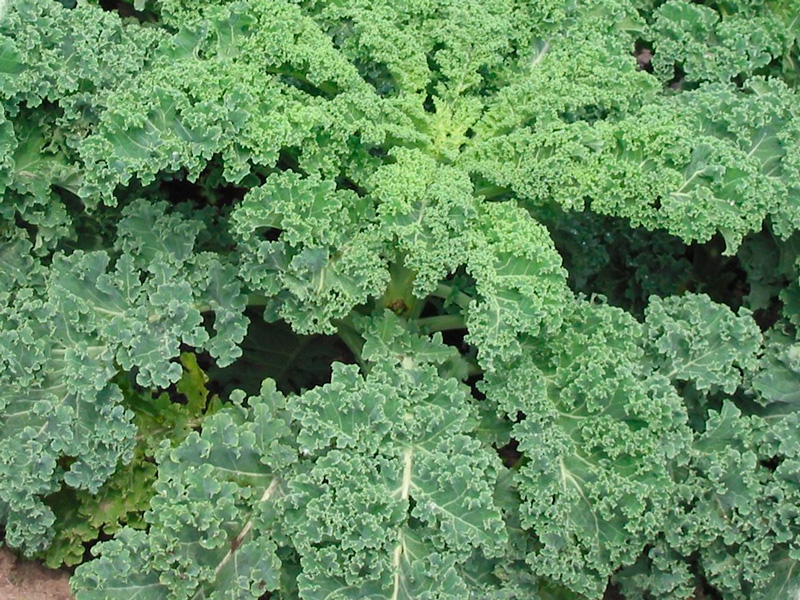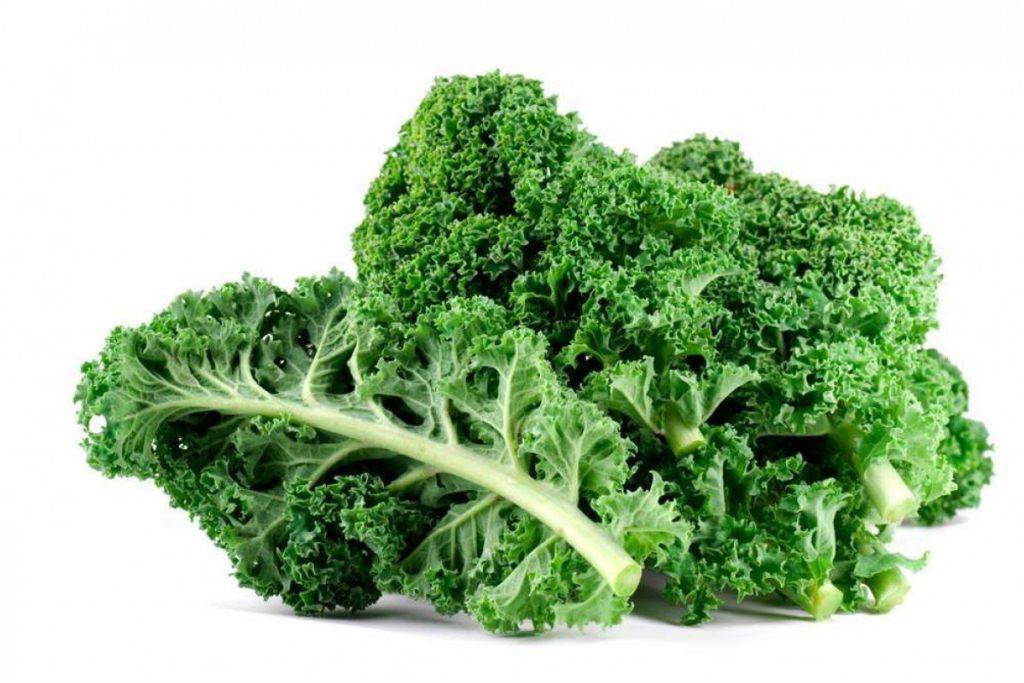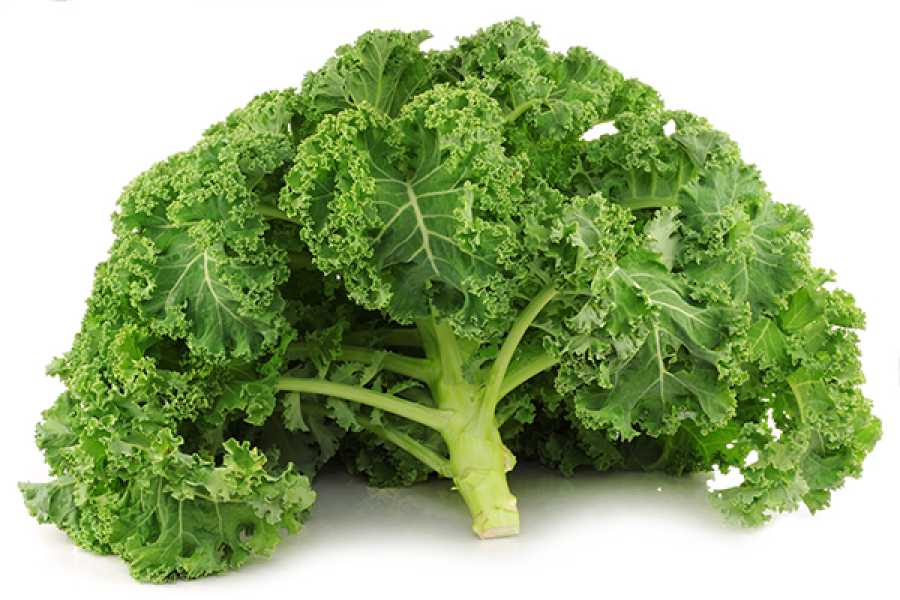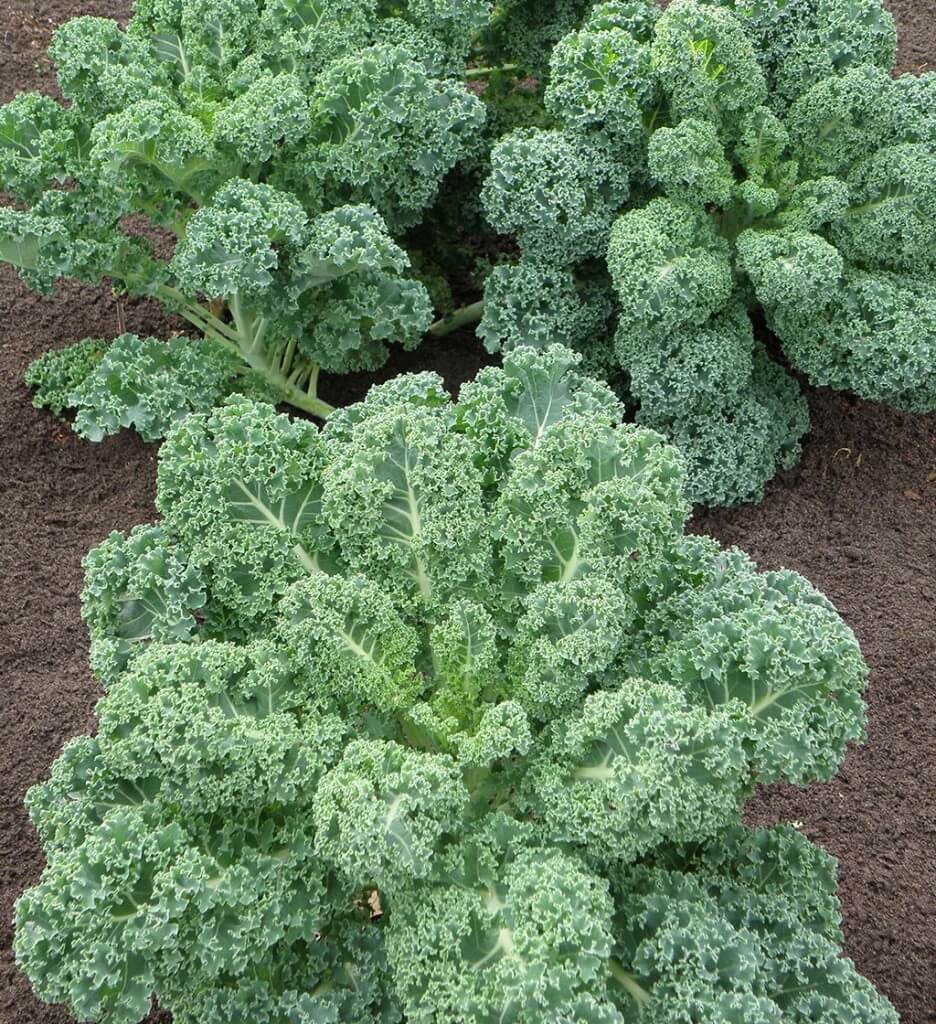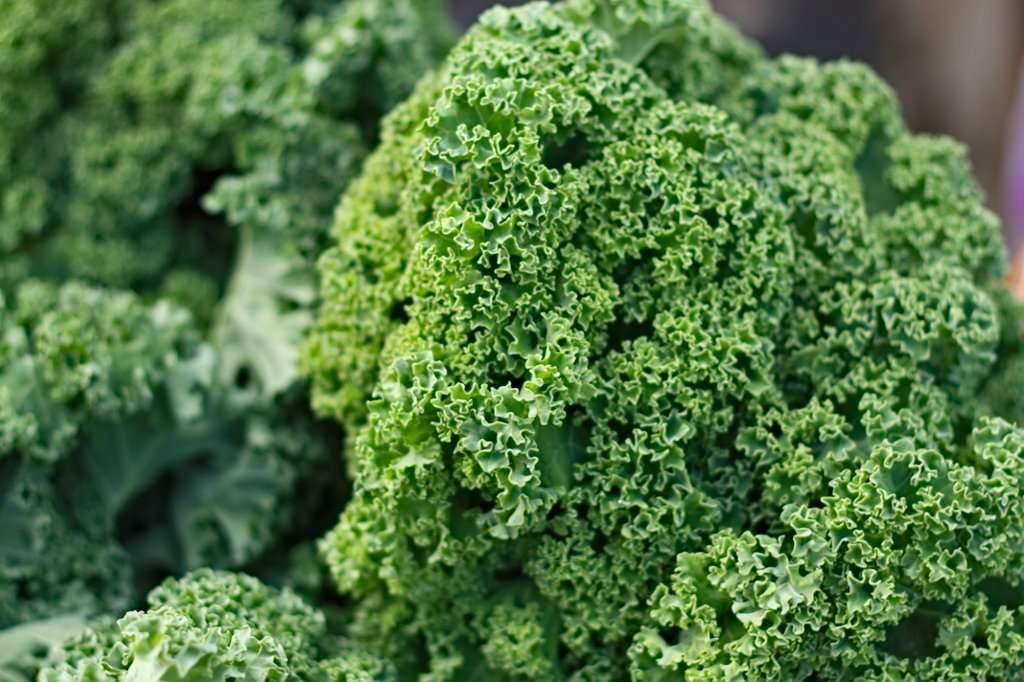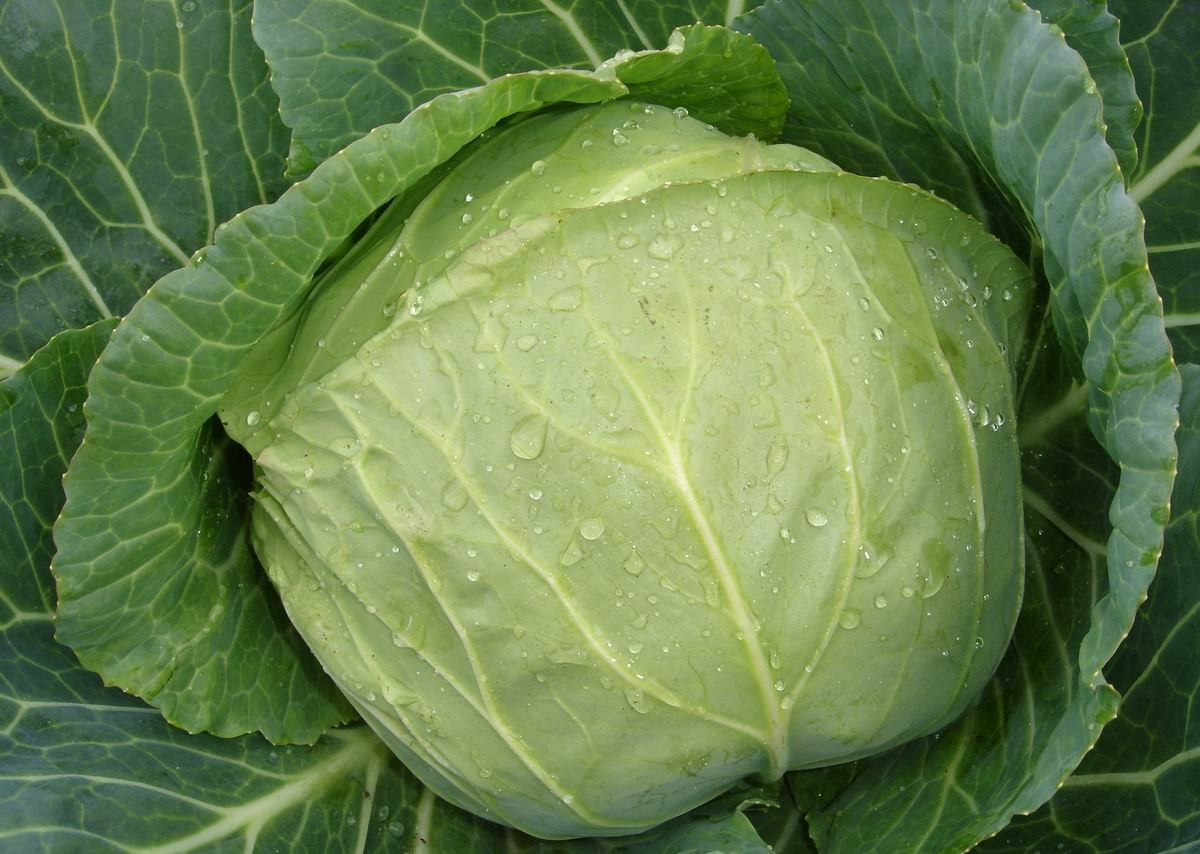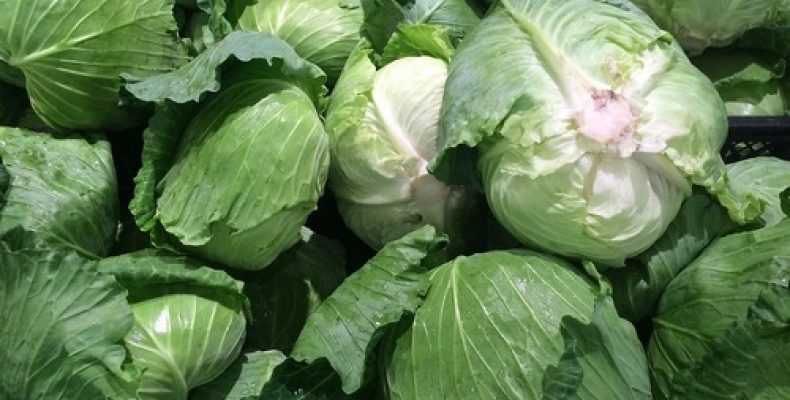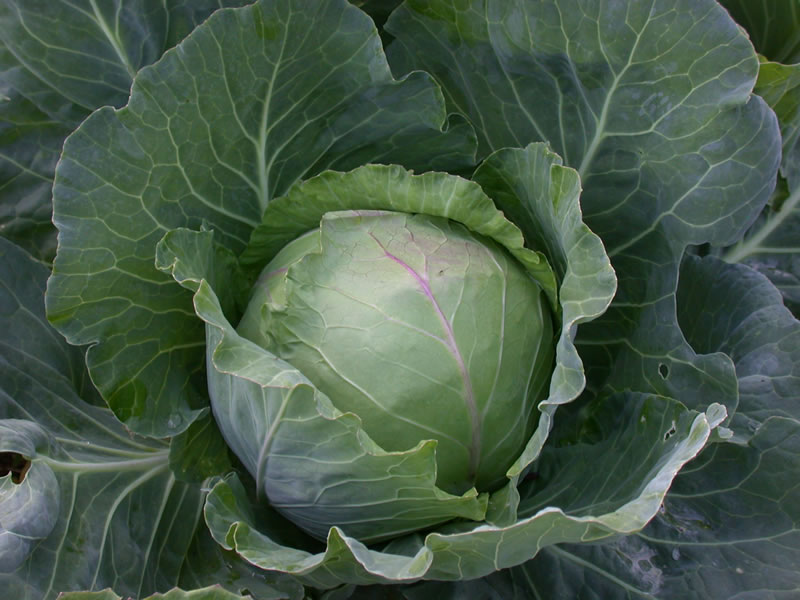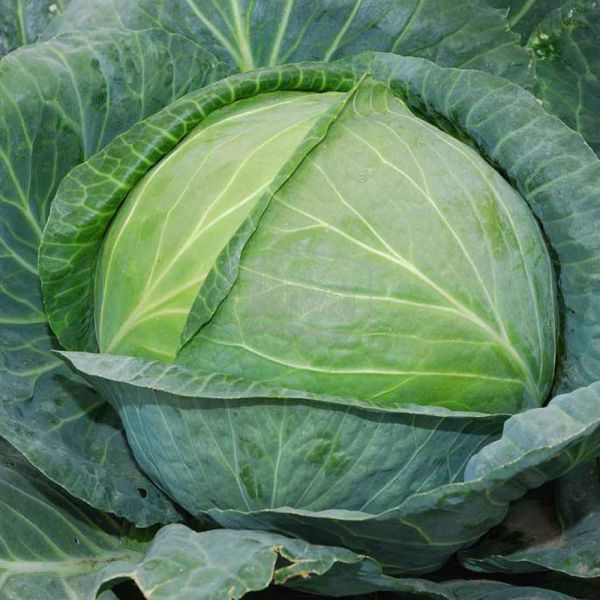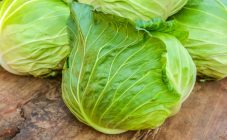Content:
Kale cabbage is not yet often found in farm gardens, especially in summer cottages. Such a vegetable is a rare guest on store counters, but in restaurant menus dishes from it are offered to visitors more and more often. It is not surprising, because the plant has not only excellent decorative qualities and unusual taste, but also has a huge supply of useful and nutritious substances. In the near future, the curiosity has every chance to take an honorable place in the beds, both professionals and amateurs.
General information
Cabbage is a truly unique plant. Each of its varieties has a set of elements inherent only in it, which has one or another effect on the body. Often this plant is used in folk medicine to heal from various ailments. Cabbage is grown everywhere, both in open and closed ground.
During the cultivation of this plant, breeders have done a tremendous job and bred many varieties and species, each of which differs in appearance, taste, and a set of useful substances. Cabbage is used in dietary meals, as well as for making baby purees. The rich chemical composition allows the vegetable to be used for the treatment of certain diseases, in particular, of the gastrointestinal tract.
Cabbage is very unpretentious and does not require much attention, however, without observing the elementary rules of agricultural technology, it will not work to achieve good results. The culture develops well at low temperatures, which are + 5- + 10 ° С, but when this indicator rises to + 25 ° С, the growth of the head almost completely stops.
Description of the variety
Kale cabbage, according to many researchers, is a representative of the oldest wild species of this plant. The area of its distribution is wide enough and covers not only Europe but also America. It is not known exactly which country is the birthplace of Calais, but it began to be cultivated in Russian gardens relatively recently. The attitude of Europeans to this cabbage changed dramatically in the 17th century, when more productive varieties with better taste, resistant to many diseases, were obtained. Until the 18th century, Collie was also grown in the northern regions of Russia. It allowed to get a harvest of fresh vegetables even in harsh climatic conditions.
Keila is an annual. A distinctive feature is a somewhat shortened stem. Leaves are arranged in several rows on the petioles. Kale has a very unusual appearance. As a rule, at the mention of this vegetable, the reflex is directed to the image in our imagination of dense heads or a head of cabbage with inflorescences collected on it. However, this species has neither one nor the other. Its leaves are curly, with pronounced waves along the edges. For cooking and eating, only leaves are used, the stem and petioles are discarded. All parts of the plant are suitable for animal feed.
Depending on the variety, kale collard can be green, red, purple or gray-gray. Due to this feature, the plant is often used for decorative purposes for planting in flower beds. Russian collard does not exceed one meter in height, after cutting off some of the leaves, fruiting continues, but the ovary of the heads does not occur. In a southern climate, this variety can grow in one place for several years.If you provide good care and reliable shelter for the winter, then in early spring you can pamper with seven vitamin leaves.
Not all gardeners have heard of such a plant as Kale cabbage and know what it is. It differs from broccoli, white and colored, first of all, leaves. Immediately after germination, they already resemble curly salad dressings, therefore it is almost impossible to confuse seedlings. This species also lacks a characteristic waxy coating.
Curly ornamental cabbage is striking in its cold resistance. It can easily withstand a drop in temperature to -18 ° C without shelter, without losing its decorative and useful properties. The color range in such conditions becomes more intense, and the taste is sweetish.
The description of this species suggests that several varieties have already been bred, which are increasingly attracting the attention of owners of garden plots. Most often they prefer to grow hybrids:
- Redbor;
- Tuscany;
- Tintoretto.
There is another variety that is very rare in our area. This is Keil Reed, which is capable of reaching a height of up to 2 meters, and the stem is used as a cane.
Kale red cabbage is excellent for preparing salads and decorating dishes. By the way, Kayla goes not only to prepare fresh salads. They make homemade products from it, prepare soups, stew. True, the recipe for such masterpieces is still available mainly from the chefs working in restaurants, but progress does not stand still.
Features of agricultural technology
For those who have already met such a plant as Kale cabbage, know what it is, and are seriously thinking about growing it on their site, it is useful to familiarize yourself with the features of agricultural technology. It should be noted right away that it is better to grow seedlings directly in the beds under a film cover. The fact is that this type of cabbage does not tolerate transplantation very well and often dies. If this is not possible, then the seed should be planted in peat cups, separate containers. When transplanting, the root system must roll over with a lump of earth and not be injured.
Sowing seeds for seedlings is carried out 1.5-2 months before the intended planting in open ground. Sow 2-3 seeds in one glass. It is worth immersing them in the soil no more than 1 cm.Otherwise, the cabbage will sprout for a long time. The cups are covered with glass or polyethylene and placed in a well-lit place. To speed up the germination process, the room temperature should be maintained at least + 24 ° C. As soon as the first sprouts hatch, the shelter is immediately removed, and the temperature regime is set at about + 16 ° C. Lighting during the entire period of growing seedlings should remain as bright as possible. If the window sill is located on the shadow side, then additional light must be installed in the form of special phytolamps.
1.5 months after germination, the cabbage leaf becomes curly. During this period, you can prepare plants for planting in a permanent place. To do this, they are hardened within a week by taking them out into the open air. Every day the time spent there increases, and at the end of the hardening period, the cabbage can be left overnight. It is better if by this time the threat of night frosts has already passed.
Seeds are planted in open ground when the soil has already warmed up enough. For example, in the Moscow region this time falls on the end of April or the beginning of May. A useful vegetable prefers well-lit areas, but easily tolerates partial shade. The plot must be flat. Better if it is located on a hill. Every agricultural technician knows that water stagnation is possible in the lowland, which negatively affects vegetation. Kale cabbage should not be planted in areas where radishes, any Cruciferous or rutabagas were previously grown.But the beds where potatoes, cucumbers or onions were previously cultivated will be ideal.
Do not plant Kale cabbage in too acidic soil. It is better to prepare the garden in advance, in the fall. To do this, humus, slaked lime or chalk, wood ash are added to the site. With the onset of spring, organic fertilizers are added. Plants are planted in separate holes, the distance between which is about half a meter. A little humus and wood ash are thrown into each hole.
Care
Caring for kale is easy. An important condition is that by the time of planting, the soil temperature has already reached at least + 5 ° C. The variety is able to endure both heat and cold, but under unfavorable conditions, development processes are inhibited. In each region, the landing time is significantly different. The most favorable temperature regime for growing Kayla is + 10 ° C - + 20 ° C.
Kale cabbage requires regular watering and constant soil moisture. Initially, irrigation is carried out under the leaves, and then - in the grooves made in advance. If the weather is dry and hot, then watering is done daily. At the same time, moisture stagnation should not be allowed. You should also worry about moisturizing the leaves, which is so necessary in the heat.
Kale is fed once every 8 weeks, mainly after harvest. For this, superphosphate, diluted mullein, wood ash are used.
After each watering, be sure to loosen the soil. Do this as carefully as possible so as not to damage the roots. Weeding and weeding are also required. Once every 10 days, cabbage should be hilled, preventive measures to combat pests should be carried out. Damaged leaves may not only look not aesthetically pleasing, but also become a breeding ground for diseases, so they should be removed immediately.
The first harvest is carried out as soon as the Kale cabbage has reached a height exceeding 20 cm. It has a very interesting property: you can cut off not only individual leaves, but also the entire top. Several crops are harvested during the season. It is important that the leaves are not overripe. Otherwise, they will become tough, bitter and lose all taste.
Disease and pest control
Kale cabbage, like other types, is susceptible to various pests and diseases. In particular, landings can affect:
- cabbage butterfly;
- slugs;
- weevil;
- aphid;
- scoop;
- cruciferous flea;
- color beetle;
- rape sawfly;
- wireworm.
To save the future harvest, preventive treatments must be carried out regularly. In particular, cabbage is regularly sprinkled with tobacco dust or ash. Spraying with tincture of chicken droppings and vinegar has proven itself quite well. The leaves are treated with a solution of iodine or ammonia. You can also purchase specialized preparations for the destruction of certain pests and use them in accordance with the instructions.
Advantages and disadvantages of the variety
Compared to other cabbage relatives, Kale has significant benefits, including:
- used in dietary nutrition;
- contains in its composition 9 amino acids necessary for a person, which are found in meat;
- grows quickly and gives an early vitamin harvest;
- helps to protect the eyes from the negative effects of ultraviolet radiation, due to the presence of lutein and zaexanthin in the composition;
- helps to get rid of radionuclides and toxins in the body;
- is quickly absorbed by the body, providing high vital activity;
- allows you to restrain the development of oncology, due to the high content of magnesium, zinc, phosphorus and calcium;
- unpretentiousness;
- resistance to temperature extremes;
- high productivity;
- universal use of the crop;
- excellent decorative qualities;
- resistance to major diseases;
- the possibility of growing in an unfavorable and harsh climate.
With all this, it is noted that Kale cabbage is not devoid of certain drawbacks, which include:
- plants do not tolerate transplanting very well;
- the need for regular and frequent watering;
- some contraindications for use;
- the need for fertilizing and fertilizing;
- increased requirements for illumination;
- does not like other plants growing nearby.
Despite this, gardeners still take risks, make efforts and plant a healthy vegetable on their site.
Kale cabbage has not yet gained wide popularity among summer residents and amateurs, but every year they are interested in it more and more. The plant not only brings great benefits to the human body, but also has a host of other positive qualities. It is not difficult to grow Kyle, you can collect a rich harvest throughout the season. In addition, this cabbage grows well even in adverse climatic conditions and serves as a real decoration of the site. Its decorative qualities are appreciated by landscape designers.
